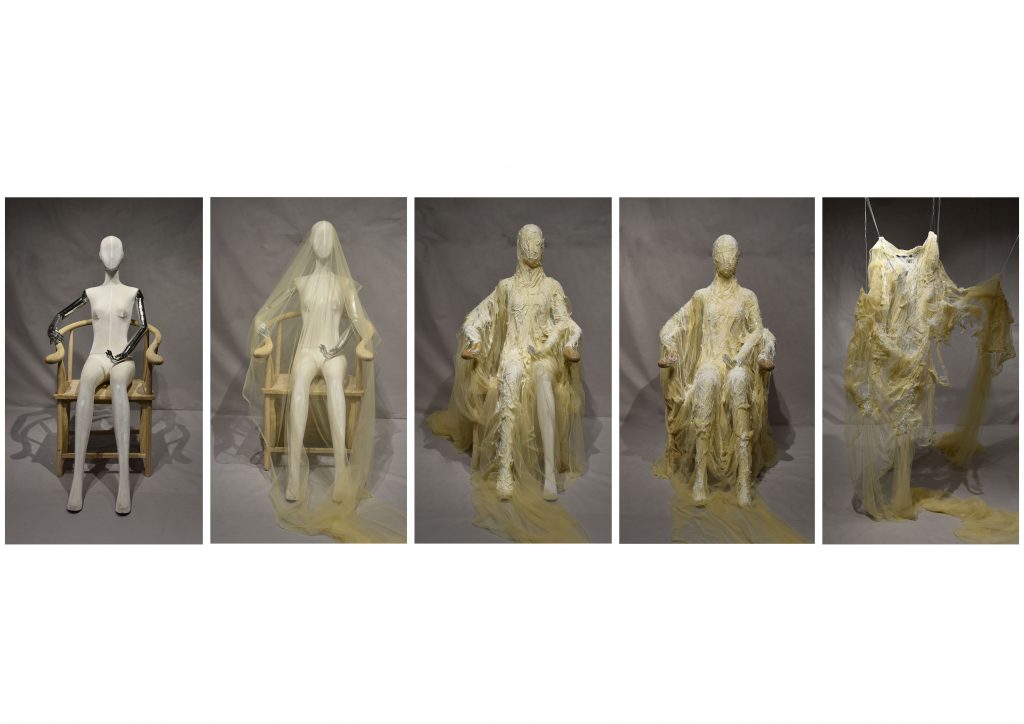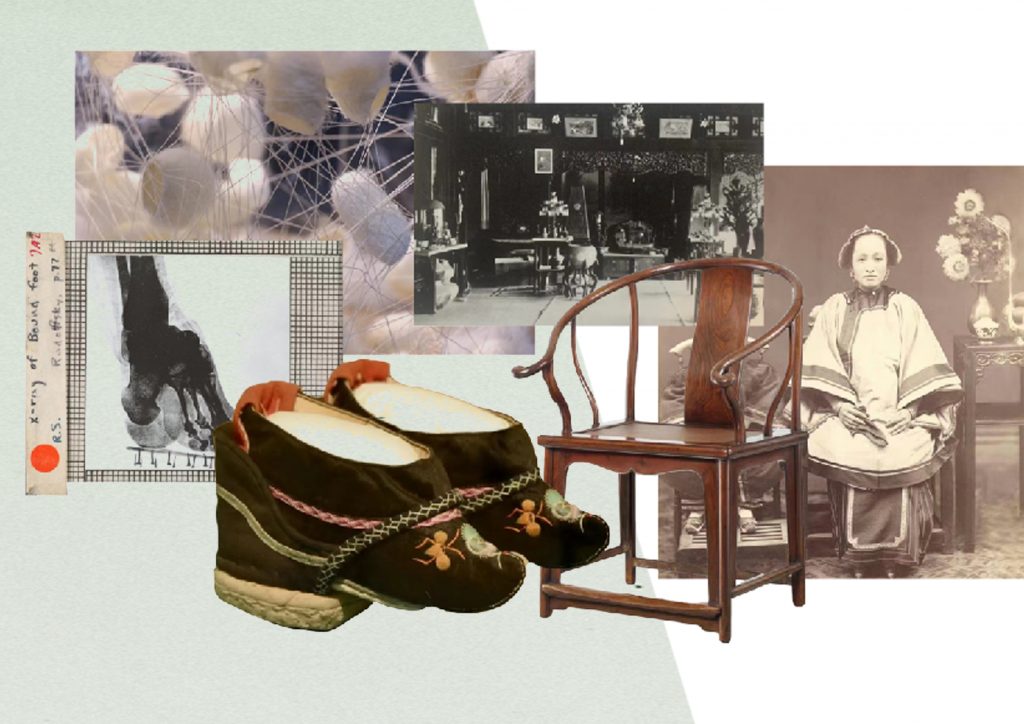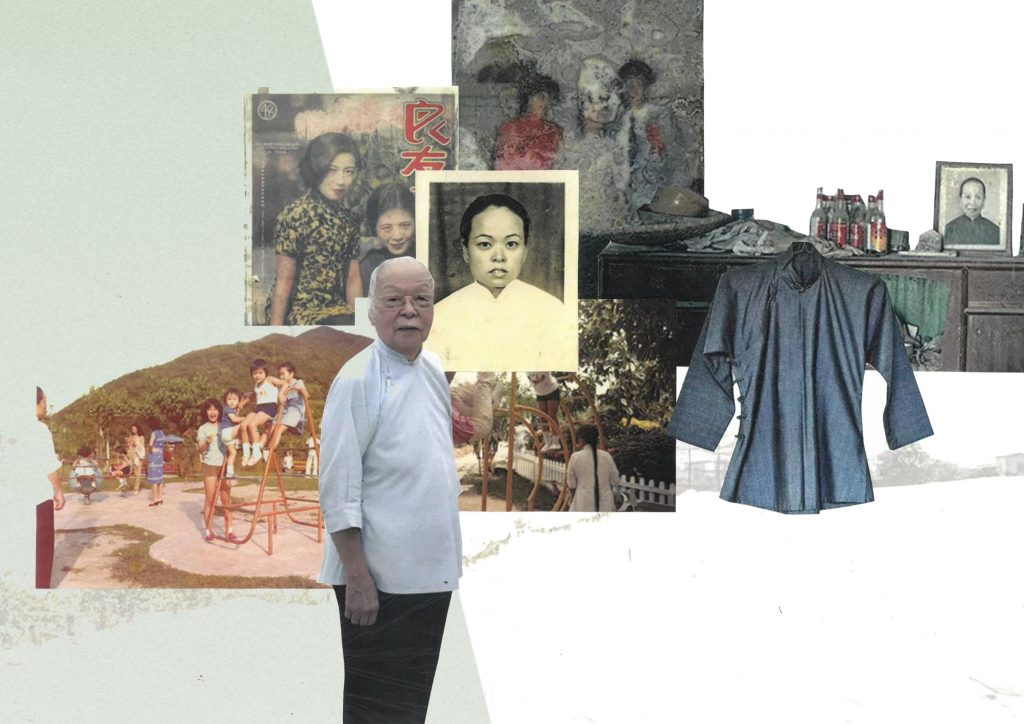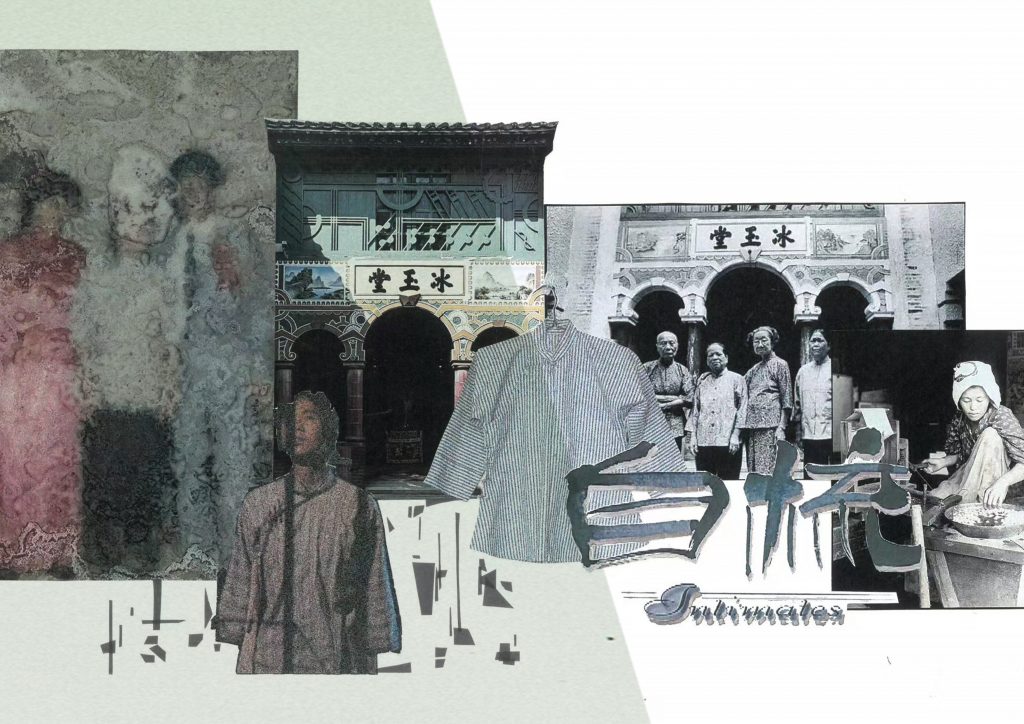In the previous interventions, I mainly focused on Groups A and B. However, in my research design, I also included a transgender participant (Group C). She did not directly take part in the image- or installation-based interventions, but instead shared her perspective on marriage through an in-depth interview.
Participant background:
- Logan (27, living in Shanghai, designer at a beauty company)
- Assigned male at birth but expresses herself in daily life as female.
Interview feedback:
Logan explained that, for her, marriage often implies the possibility of a lavender marriage. Such an arrangement can temporarily ease family and social pressures—allowing parents to “save face” and reducing external questioning. Yet, she emphasized that it is ultimately a compromise, one that denies her true identity and emotional needs.
She said: “Lavender marriage is a practical choice, but personally I resist it. It may bring temporary stability, but I don’t want to give up the possibility of marrying as my authentic self.” Logan hopes that in the future she can enter marriage openly as who she truly is, rather than relying on compromise for superficial peace.
My reflection:
Logan’s interview made me realize that the institution of marriage is not only about men and women—it is also a test of gender norms and identity recognition. Compared with Groups A and B, Logan’s situation highlights more sharply the exclusivity and inequality embedded in the marriage system.
Her account enriched my research by showing that marriage is not a “universally valid” social arrangement; rather, it excludes and constrains certain groups. The experiences of transgender individuals remind me that marriage is not only a negotiation between the individual and the family, but also a reflection of how society accommodates—or rejects—diverse gender identities.




